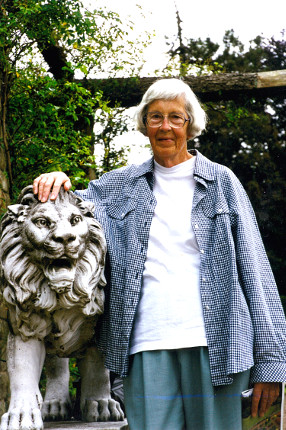Ann Wylie
Botanist (1922-)
Ann Wylie began teaching while still completing her honours thesis as a student at Otago University in 1945. Lecturer John Holloway was ill and, along with Betty Batham, Margaret Cookson and Brenda Shore, Wylie helped keep the department going.
In 1947, Wylie left for England and completed a PhD at the University of London, doing research in the new fields of genetics and cytology.1 She worked on a new edition of the Chromosome Atlas of Cultivated Plants, did research on the chromosome numbers of mosses, and published a Nature paper on the history of garden daffodils.
In the 1950s, New Zealand universities were in a poor state with little money for research. A special report near the end of the decade caused this situation to ease somewhat. One result of that was a new post in Otago’s botany department which brought Wylie back to New Zealand. Wylie continued her research in between teaching commitments, looking particularly into peculiar plants such as Australia's rock isotome, and reached the status of Associate Professor before she retired in 1987.2
References:
1. Ann Wylie, personal communication, November 2017.
2. Ali, ‘Scientific Women’, University of Otago 1869-2019 (blog), 27 March 2016, https://otago150years.wordpress.com/2016/03/28/scientific-women/.
This profile is part of the series 150 Women in 150 Words that celebrates women’s contributions to expanding knowledge in New Zealand, running as part of our 150th Anniversary.

